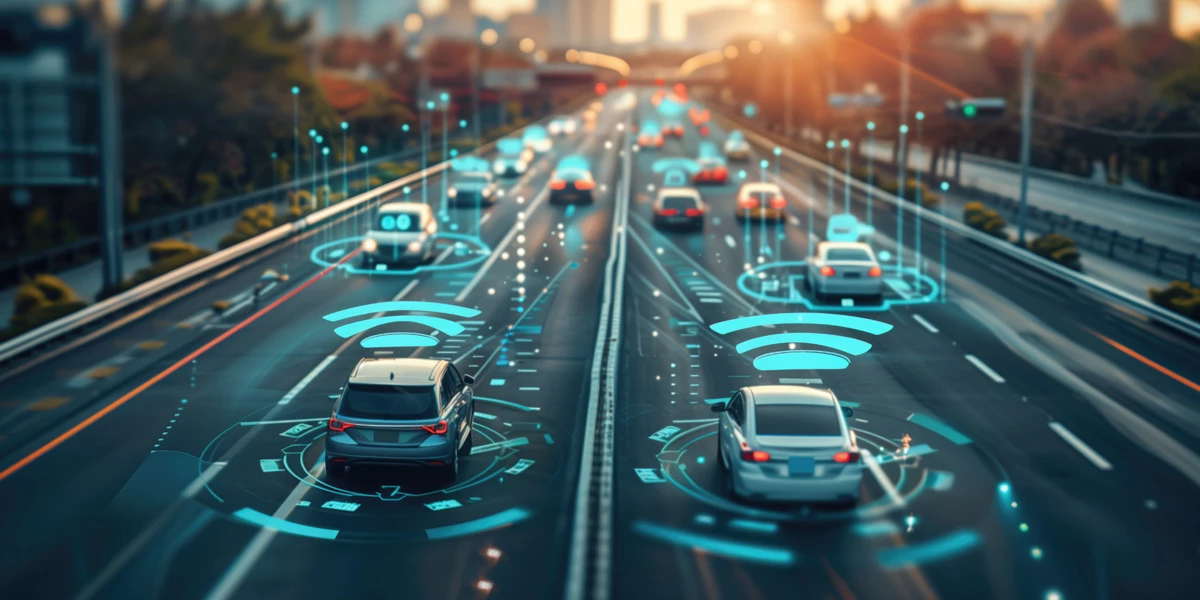1. Understanding Autonomous Vehicles
Autonomous vehicles are equipped with advanced technologies that allow them to navigate and operate without human intervention. The levels of automation range from Level 0 (no automation) to Level 5 (full automation), as defined by the Society of Automotive Engineers (SAE):
- Level 0: No automation; the human driver is fully responsible.
- Level 1: Driver assistance; features like adaptive cruise control are available.
- Level 2: Partial automation; the vehicle can control steering and acceleration but requires constant supervision.
- Level 3: Conditional automation; the vehicle can handle most driving tasks but may require human intervention in certain situations.
- Level 4: High automation; the vehicle can operate independently in specific environments (e.g., urban areas).
- Level 5: Full automation; no human intervention is needed, and the vehicle can operate in all conditions.
2. Key Technologies Behind Autonomous Vehicles
Several technologies enable autonomous vehicles to operate effectively:
- Lidar and Radar: These sensors provide real-time data on the vehicle's surroundings, detecting obstacles, pedestrians, and other vehicles.
- Cameras: High-resolution cameras capture visual information, assisting in navigation and object recognition.
- Artificial Intelligence: AI algorithms process data from sensors and cameras, enabling the vehicle to make informed driving decisions.
- GPS and Mapping: Advanced navigation systems provide precise location data and pre-mapped routes for autonomous driving.
3. Benefits of Autonomous Vehicles
The adoption of autonomous vehicles could lead to numerous advantages, including:
- Increased Safety: Autonomous vehicles have the potential to reduce traffic accidents caused by human error, which accounts for the majority of road incidents.
- Improved Traffic Flow: With advanced communication systems, AVs can optimize traffic patterns, reducing congestion and travel times.
- Accessibility: Autonomous vehicles could provide mobility solutions for individuals who cannot drive, such as the elderly and disabled.
- Environmental Impact: Many AVs are designed to be electric, contributing to reduced emissions and promoting sustainable transportation.
4. Challenges Facing Autonomous Vehicles
Despite their potential, several challenges hinder the widespread adoption of autonomous vehicles:
- Regulatory and Legal Issues: Establishing comprehensive regulations and liability frameworks is crucial for AV deployment.
- Technical Limitations: AVs may struggle in complex driving environments, such as inclement weather or unpredictable road conditions.
- Public Perception: Building public trust in AV technology is essential for acceptance; concerns about safety and reliability remain.
- Infrastructure Needs: Upgrading infrastructure to support AVs, such as dedicated lanes or smart traffic signals, is necessary for their effective integration.
5. The Future of Autonomous Vehicles
The future of autonomous vehicles holds immense promise. As technology continues to advance, we can expect:
- Increased Adoption: With ongoing testing and pilot programs, AVs will likely become more common in urban areas.
- Integration with Public Transport: Autonomous shuttles could complement existing public transportation systems, providing last-mile connectivity.
- Urban Planning Transformation: Cities may need to adapt their infrastructure and zoning laws to accommodate AVs, leading to changes in land use and parking needs.
- Enhanced Mobility Services: Ride-sharing services may incorporate AV technology, offering convenient and cost-effective transportation options.
Conclusion
Autonomous vehicles are poised to revolutionize transportation, offering numerous benefits while presenting unique challenges. As technology continues to evolve, society must navigate regulatory, technical, and social hurdles to realize the full potential of autonomous vehicles. By fostering collaboration among stakeholders, we can create a safer, more efficient, and accessible transportation future.


Hiç yorum yok: